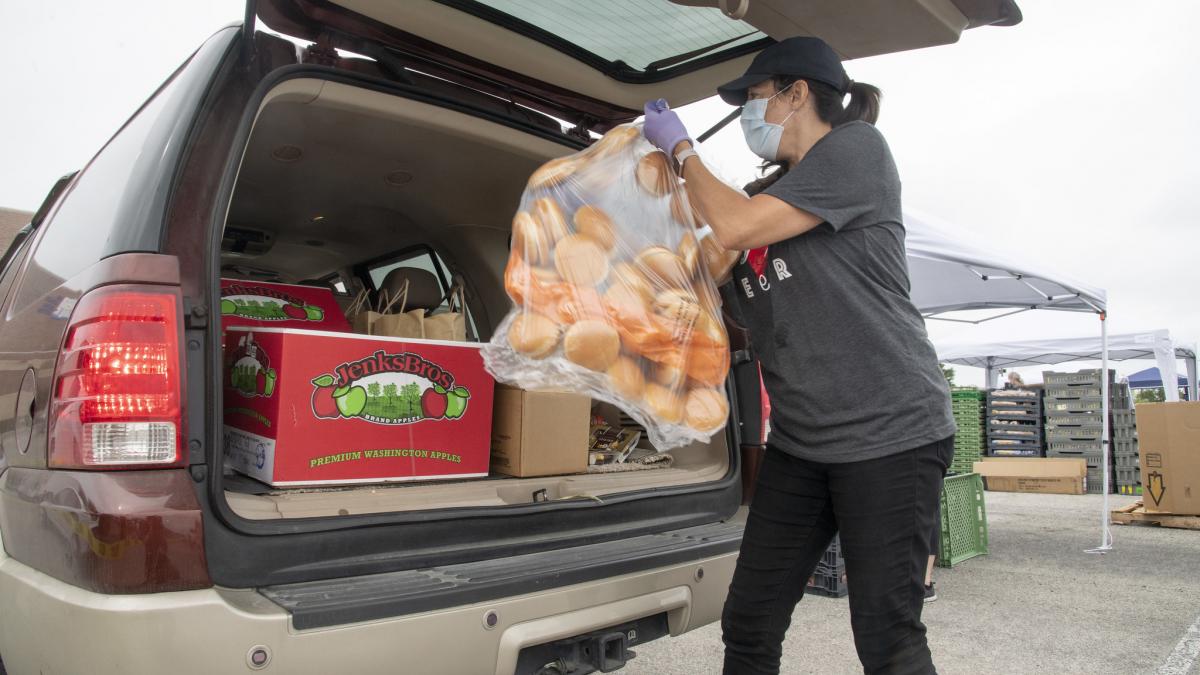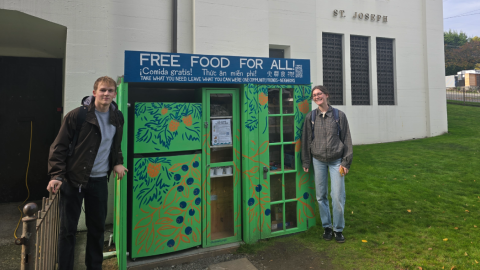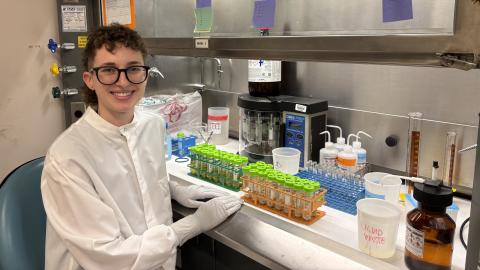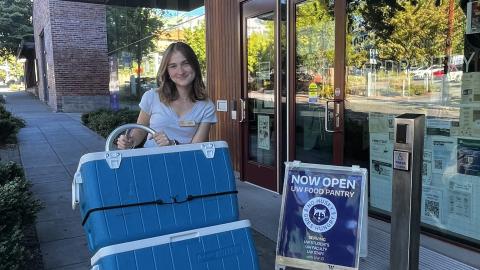About 30% of households in Washington state experienced food insecurity last summer, according to a survey by researchers at the University of Washington and their partners at Washington State University and Tacoma Community College.
Now the team is recruiting new participants for a second round of the survey. The researchers aim to understand Washington residents’ access to food and their economic well-being—or lack of it—during the COVID-19 pandemic to help state and community partners allocate resources effectively.
“The first survey found that food insecurity was high among state residents, and that the majority of food-insecure households had children,” said Jennifer Otten, one of the leaders of the survey team. She is an associate professor in the UW Department of Environmental & Occupational Health Sciences (DEOHS) and the Nutritional Sciences Program.
“We also found disparities in the burden of food insecurity by income, race, ethnicity and educational attainment,” she said.
High food insecurity reinforces social inequities
The surveys were developed with input from partners in local, county and state governments, such as the Washington State Department of Health and the Washington State Department of Agriculture.
The first wave of the Washington State Food Security Survey series was conducted in June and July, and 2,621 Washington residents from 38 of 39 counties responded.
It found that:
- Food insecurity was high, alarmingly so, in the summer following the state shutdown, affecting an estimated 30% of households, exacerbating pre-existing social inequities.
- The highest rates of food insecurity—58%—were observed among households with incomes below the poverty line. Households having members with some or no college education were also disproportionately impacted, with 44% of respondents experiencing food insecurity.
- 42% of respondents of color experienced food insecurity.
- About 40% of all survey participants reported that their diet got worse.
- Participants reported being concerned about safety in supermarkets and grocery stores, rising food costs, access and transportation.
- Post-COVID-19 diets had more eggs, rice, beans, pasta and peanut butter but less meat, seafood and milk and dairy.
- Purchases of store-bought cakes and cookies decreased, and there was a sharp increase in cooking at home.
“Our findings also helped to characterize which and how food assistance programs were working for Washington residents as well as where additional changes might be needed to better support their food needs,” Otten said.
Complete results of the first survey are available here.
Take the new survey
_0.jpg)
The second wave of the Washington State Food Security Survey currently is underway and runs until mid-January. Survey questions ask about access to food and food assistance, employment conditions and financial needs, as well as diet quality and health. The survey takes about 15 minutes or less to complete and is open to all Washington residents age 18 years or older.
“Wave 2 will monitor the continuing impact of the pandemic on economic- and food-related well-being eight months after the initial lockdown. We hope to continue to add more waves of data collection to monitor the ongoing situation,” Otten said.
“The data collected will be used by legislators, public agencies and anti-hunger networks to allocate resources, provide support and promote the recovery of Washington residents.”
The UW team also includes Sarah Collier, assistant professor in DEOHS; Adam Drewnowski, director of the Center for Public Health Nutrition and professor in UW Epidemiology; and Chelsea Rose, Alan Ismach, James Buszkiewicz and Esther Nguyen, all affiliated with the UW Center for Public Health Nutrition.
Washington State University was represented by Laura Lewis, director of the Food Systems Program, and Tacoma Community College by Brinda Sivaramakrishnan, professor of health, business and professional services. This project is supported by a charitable donation from the Ballmer Group.
###
For more information, contact Otten at jotten@uw.edu.




